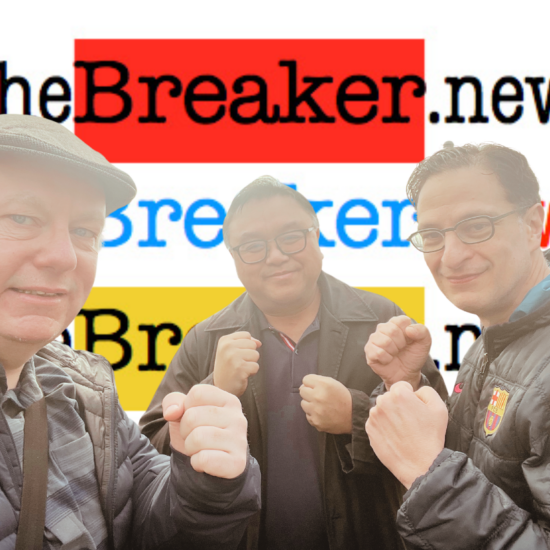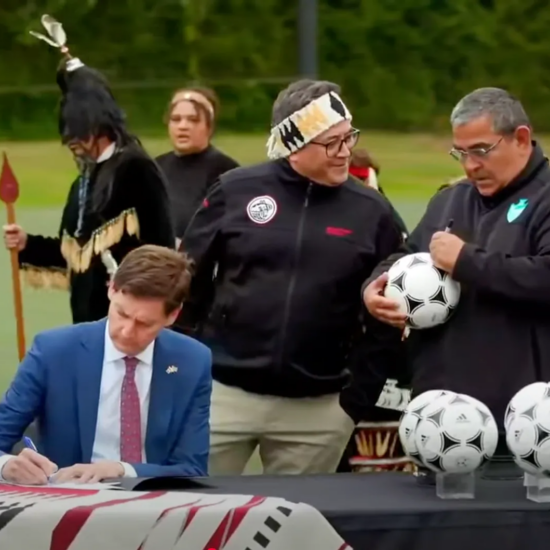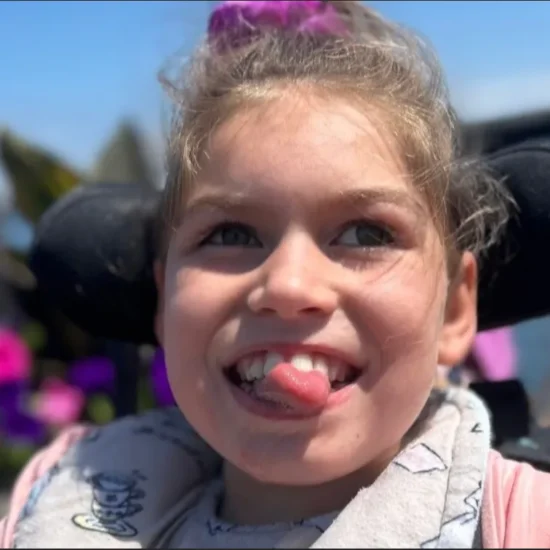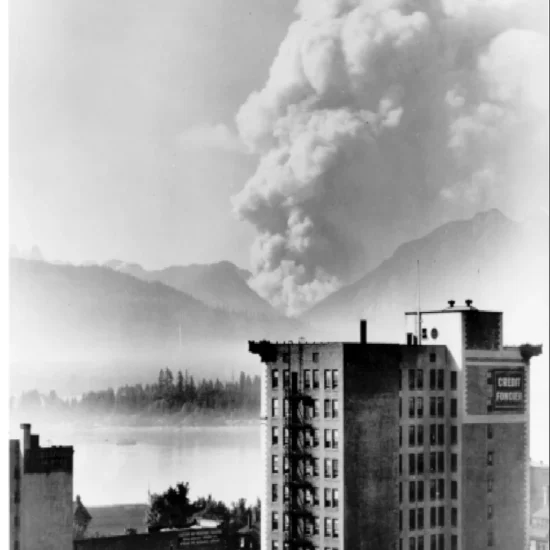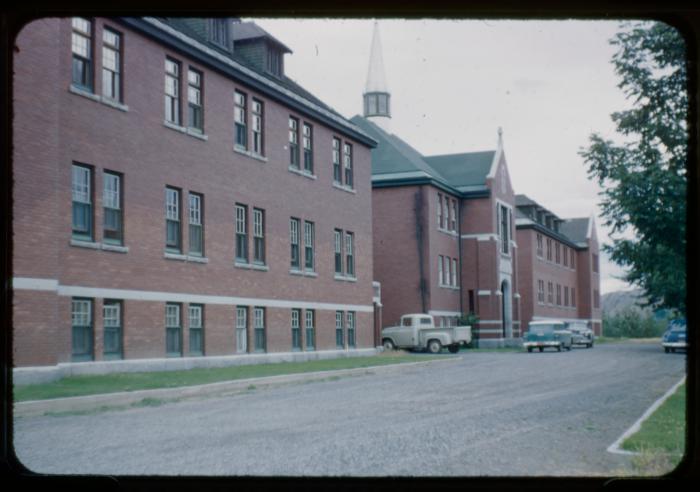
Bob Mackin
June 21 is the first National Indigenous Peoples Day since the chief of the Tk’emlups first nation shocked Canada.
On May 27, Rosanne Casimir announced by news release that ground-penetrating radar had found remains of 215 children near the former Kamloops Indian Residential School.

Kamloops Indian Residential School (UBC IRSHDC)
What does the evidence look like and who did the work?
The Tk’emlups have not answered those questions. Casimir said the findings would be released later this month. Meanwhile, the RCMP and B.C. Coroners Service said they await the Tk’emlups direction on next steps.
In that May 27 announcement, Casimir said the band was thankful for the Pathway to Healing grant to undertake the work.
The Department of Canadian Heritage told theBreaker.news that the 2020 grant was worth $40,000 and awarded under the title Paths to Healing. It was one of 200 projects funded in a $7 million, 2019-announced program to commemorate the history and legacy of residential schools.
The Tk’emlups application to Canadian Heritage said Paths to Healing would “recognize and remember those who passed away, endured, or suffered the intergenerational impacts of attending” Kamloops Indian Residential School, which the Roman Catholic Church operated from 1893 to 1978.
The project envisioned a permanent memorial site, park benches, indigenous plants and paths within the Secwépemc Museum and Heritage Park, in addition to a cairn-building ceremony and orange shirt day activities.
Who were the children and why did they never get home?
The excavation of the site, analysis and identification of the remains and repatriation will cost millions of dollars and take several years.
That is based on the investigation of unmarked graves at a Florida panhandle school for juvenile delinquents that operated from 1900 to 2011.
University of South Florida Prof. Erin Kimmerle is the forensic anthropologist who led the investigation of more than 50 graves at the Dozier School for Boys in Marianna, Fla. Kimmerle spoke to theBreaker.news Podcast for the June 6 edition from Tampa, Fla.
theBreaker.news Podcast: Florida boys school probe a roadmap for Tk’emlups
The four-year investigation found deaths were caused by a dormitory fire, two flu epidemics, abuse, neglect and escapes. The remains of eight were positively identified. The identities of another 14 were presumed.
Kimmerle said her group took ground-penetrating radar one step further, before the major site excavation. They did what she called “ground truthing.” They dug trenches below the surface, but above where remains were believed to be, so they could first analyze the dirt for clues of human interference.
“We don’t want to disturb burials that are there, but what that does is allows you to do is look at the soil and the soil tells the story about whether something was ever dug there and if that something is consistent with a grave,” Kimmerle said. “And then you can look at the pattern, and the shape and size of the whole site and put together that picture.”

Prof. Erin Kimmerle of the University of South Florida
Ground-truthing was an important step to help persuade any skeptical politicians and law enforcement officials before the big dig.
What became a hybrid of a modern crime scene and an archaeological project included paid and volunteer archaeologists, anthropologists, missing persons detectives, DNA analysts and historians. The documents that did exist about the school, students and staff were often incomplete or conflicting.
“Whether the schools kept records, the church kept records that were separate, there would’ve been reports back to the federal government… death certificates, other types of mortality statistics if they’re kept locally,” Kimmerle said. “You have to dig through sometimes even coroner reports or courthouse records, if there was a case of something that happened that was investigated, there would be records for that.”
The investigation found that during segregation, Dozier School officials left black children unattended for days, without food, medicine and electricity. “The state physician came back and found them and said the dead were piling up,” Kimmerle said.
A final report was published in 2016 on the investigation. Kimmerle and some of the group returned in 2019 after the site was turned back to the City of Marianna, which pondered development proposals.
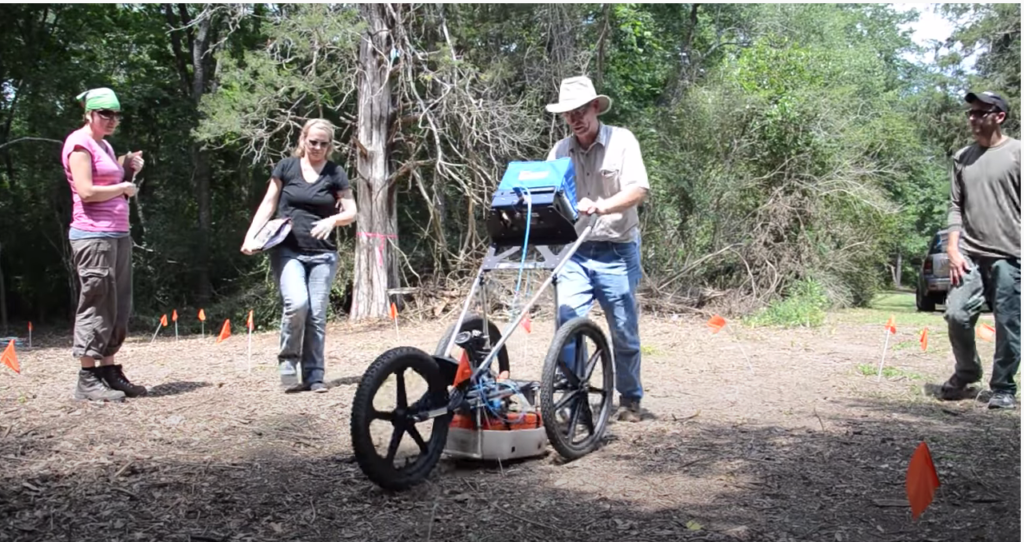
Ground-penetrating radar at the former Dozier School for Boys in 2012 (USFChannel/YouTube)
A cultural resource management firm’s ground-penetrating radar appeared to find another 21 graves, but no additional remains were found.
“None of those turned out to be burials, they misinterpreted their data basically,” Kimmerle said. “So we searched that site, we searched additionally to make sure we didn’t find any other burials there.”
Asked for advice to Tk’emlups, Kimmerle said all involved in the investigation must focus on the families, who have a right for the work to be done.
“They must also understand justice comes in many forms. Just as in the Dozier case, criminal prosecution may not be possible, because those responsible may be deceased or there is a statute of limitations. Or what was a crime now was not so long ago, it was national policy,” Kimmerle said.
“There’s lots of reasons that our modern sense of what is justice will let us down. But, sometimes, truth itself is justice and that that is enough, and should be enough, to go forward and then just to check everything.”
EDITOR’S NOTE: On July 15, 2021, the Tk’emlups said there were “200 targets of interest.” On May 18, 2024, Tk’emlups said “215 anomalies were detected.” As of Sept. 30, 2024, no human remains have been excavated from the site.
The Indian Residential Schools crisis line is available any time at 1-866-925-4119 for survivors and family needing someone to talk to.
Support theBreaker.news for as low as $2 a month on Patreon. Find out how. Click here.






